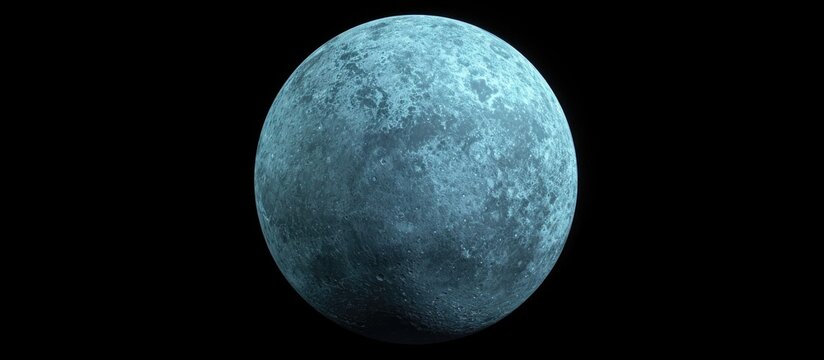Looking Ahead: How the 2026 Solar Eclipse Will Outshine the 2024 Even
The 2026 total solar eclipse will be visible in Greenland, Iceland, and Spain, offering a rare east-to-west path and a sunset viewing experience. Its path will be narrower, affecting fewer people than the 2024 eclipse, but it will still be a unique and highly anticipated event.
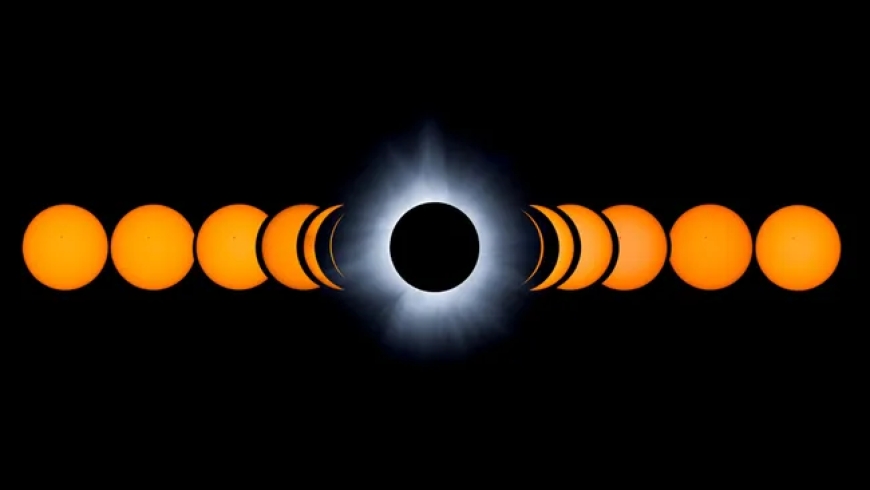
Comparing the 2026 Total Eclipse to the 2024 North American Eclipse
As we reflect on the breathtaking total solar eclipse of April 8, 2024, the next major celestial event—the total solar eclipse of August 12, 2026—is already sparking excitement. While both events will be awe-inspiring, the 2026 eclipse will differ significantly in its path, timing, and the overall viewing experience.
Path of the 2026 Eclipse
Unlike the 2024 eclipse, which impacted millions across North America, the 2026 eclipse will take a more limited route. This time, the total eclipse will be visible primarily in Greenland, Iceland, and parts of Spain. The path will be narrower, and only about 15 million people will be able to witness the event, compared to the 44 million in 2024.
Timing and Unique Viewing Experience
The 2024 eclipse occurred in the middle of the day, but the 2026 eclipse will take place later in the day, closer to sunset, providing a different kind of viewing experience. In Spain, for example, the eclipse will happen just before the sun sets, giving spectators a rare and dramatic sight. The lower position of the sun will also impact the length of totality, which will likely be shorter than the 2024 event.
An Unusual Eclipse Path
The 2026 eclipse will follow a rare path in the opposite direction. Typically, eclipse paths move from west to east, but this one will travel east to west. This reversal of direction is due to the moon’s orbital motion during the descending node, which adds an interesting twist for stargazers and eclipse chasers.
Global Impact and Limited Accessibility
While the 2024 eclipse was a widespread phenomenon, accessible to millions of people across North America, the 2026 eclipse will be seen by far fewer people due to its limited path. This makes the 2026 event particularly special for those in its direct path, who will have the chance to witness an eclipse that moves in an uncommon direction and occurs at a different time of day.
Final Thoughts
Though the 2026 eclipse won’t have the same widespread visibility as the 2024 event, it will still be a spectacular occasion for those in the path of totality. As we await its arrival, astronomers and stargazers are preparing for a rare and unforgettable celestial show.
News Source: Space.com
What's Your Reaction?







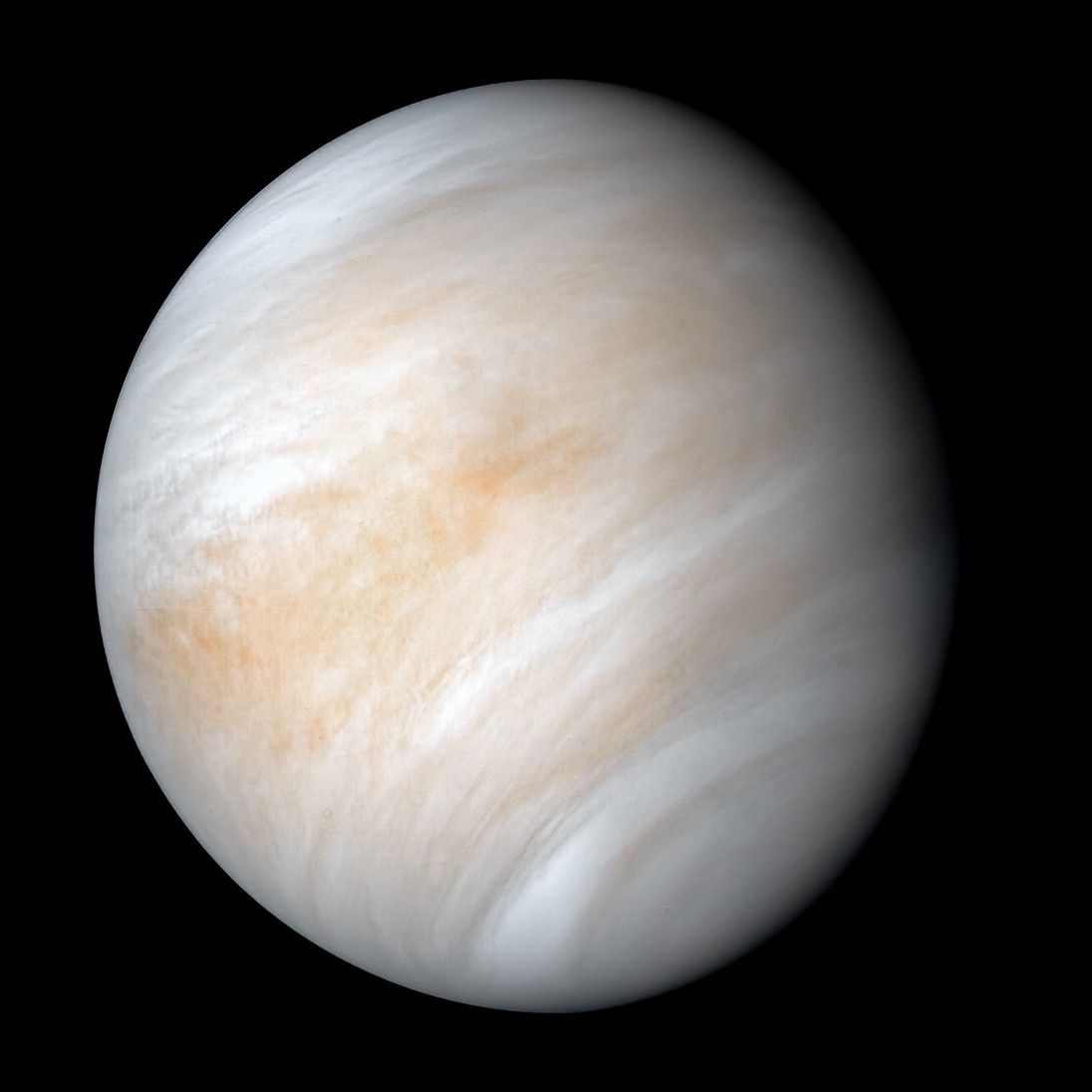

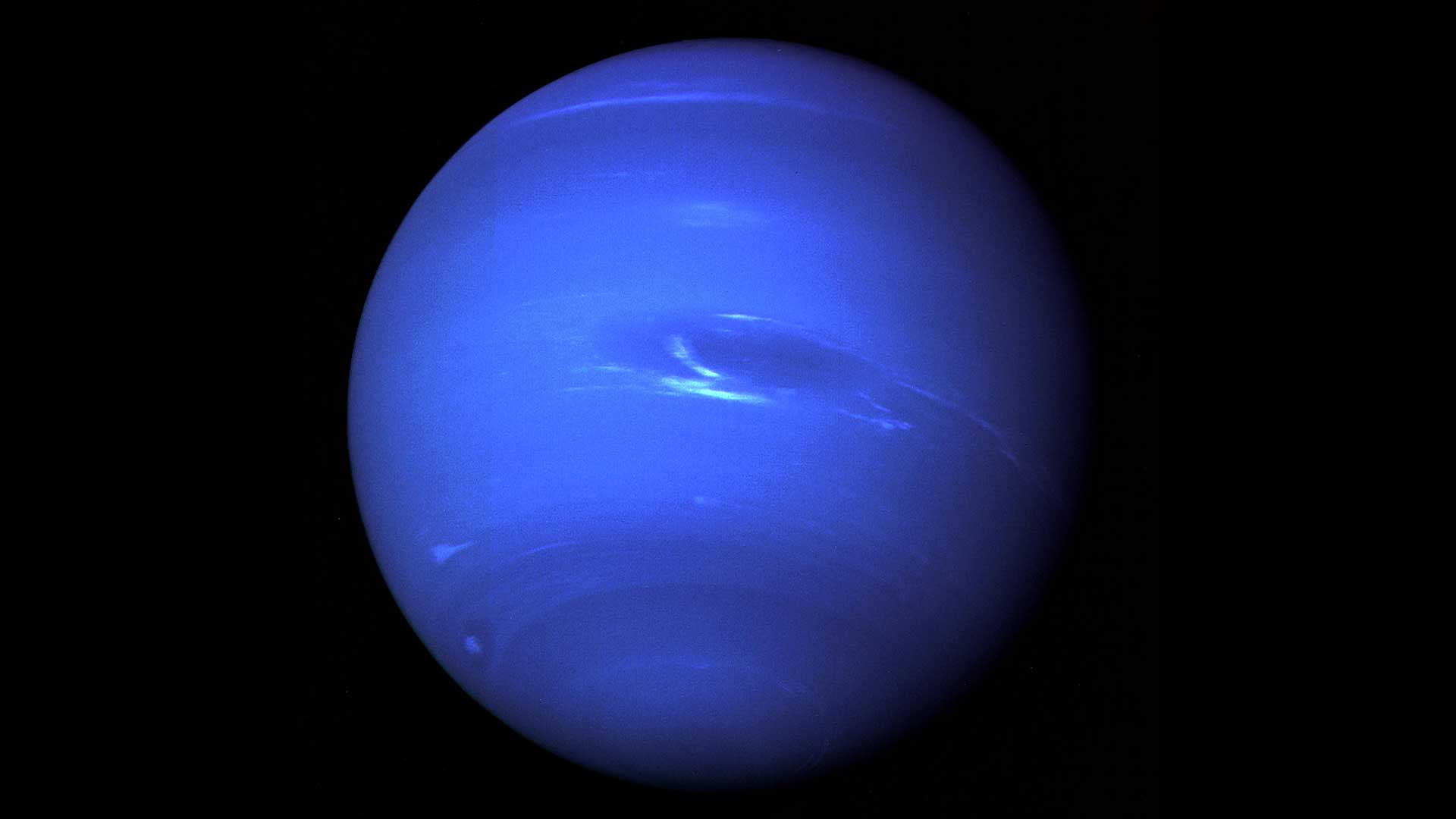


/https://tf-cmsv2-smithsonianmag-media.s3.amazonaws.com/filer_public/54/66/546650fa-26a4-40fd-8d6d-5a7a04540f81/rosetta2.png)
:max_bytes(150000):strip_icc():focal(999x0:1001x2)/robert-prevost-050825-1-39395418ab494da5a3a700c9478e66c8.jpg)


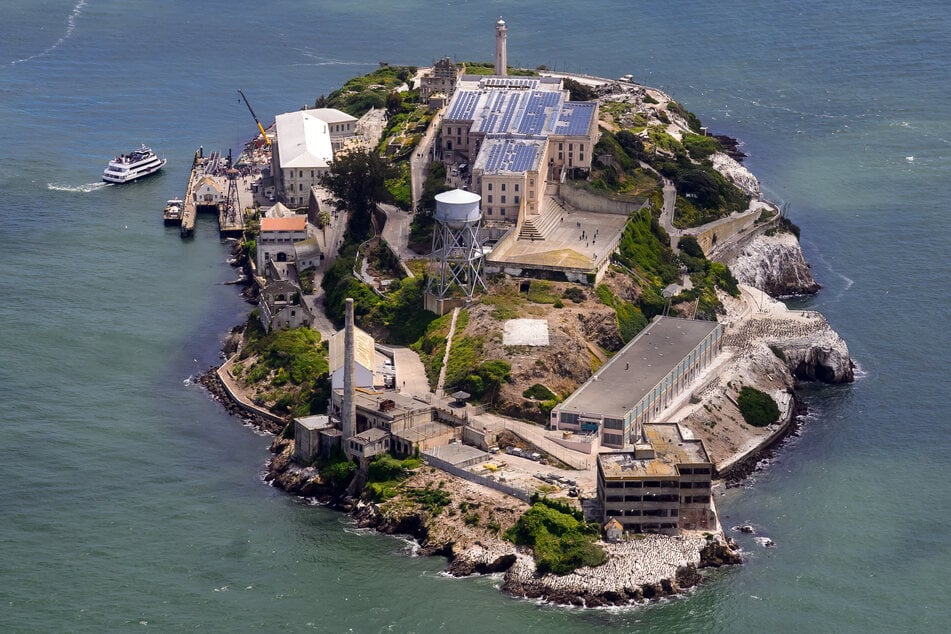












































format(webp))
format(webp))
























